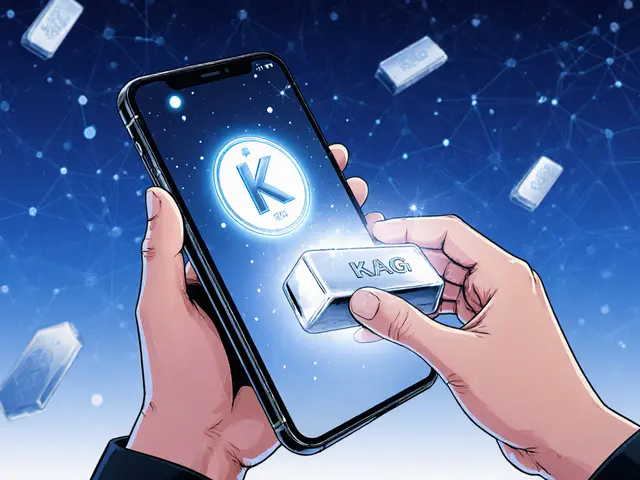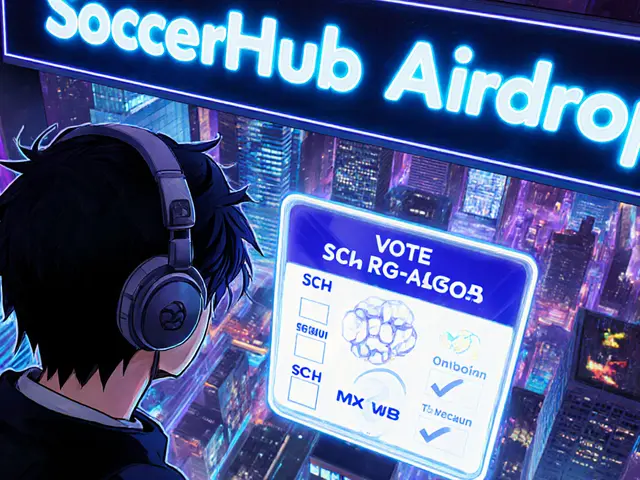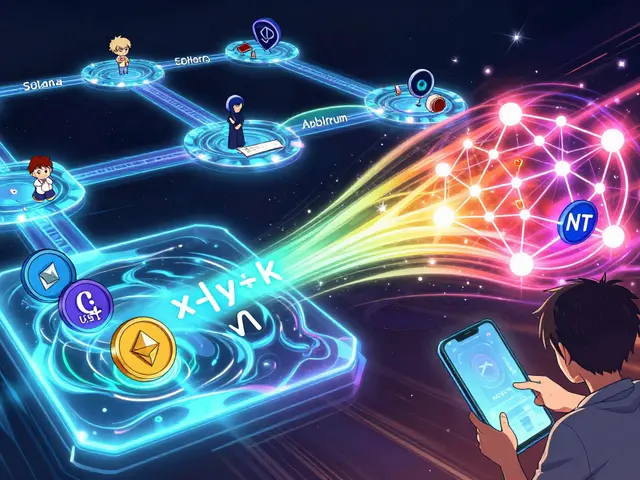World Chain DEX: What It Is and Why It Matters
When working with World Chain DEX, a cross‑chain decentralized exchange built on the World Chain network. Also known as WCDX, it lets users swap assets without a central order book. A Decentralized Exchange, any platform that runs on smart contracts instead of a traditional brokerage powers this model, while a DEX Aggregator, software that scans multiple DEXes to find the best price and liquidity sits on top to boost trade efficiency. Underneath, Liquidity Pools, collections of token pairs contributed by users that enable instant trades provide the depth needed for big swaps. Together, these components create a permission‑less, fast, and cost‑effective swapping experience.
How Cross‑Chain Swaps and Smart Contracts Power the Platform
World Chain DEX requires robust smart contracts to lock, verify, and release assets across different blockchains. This is where cross‑chain bridges come in: they act as trusted relayers that move tokens from, say, Ethereum to Binance Smart Chain, allowing the DEX to treat them as native assets. The token swap logic uses automated market maker (AMM) formulas, which calculate prices based on pool ratios, ensuring that every trade reflects real‑time supply and demand. By integrating a DEX aggregator, the platform can route a single user request through multiple liquidity pools—sometimes even across separate chains—to secure the best rate and lowest slippage.
Security doesn’t stop at the contract level. Validator nodes on the World Chain network validate each transaction, preventing double‑spends and ensuring consensus. Their staking rewards align incentives, but they also face slashing penalties if they act maliciously. This validator‑staking relationship adds an extra layer of trust for users, making the platform safer than many isolated AMM‑only services.
Because World Chain DEX is open‑source, tokenomics are transparent. Every new token listed undergoes a vetting process that checks contract audits, liquidity depth, and community activity. This transparency helps traders gauge risk before committing capital. Moreover, the platform frequently runs airdrop campaigns tied to token listings, rewarding early adopters with free tokens that can later be staked for additional yield.
From a user perspective, the interface blends simple price quotes with advanced features like limit orders, gas‑fee estimators, and built‑in analytics. Fees are split between liquidity providers and the protocol, typically ranging from 0.1% to 0.3% depending on pool size. The aggregator also offers fee rebates for high‑volume traders, encouraging deeper market participation. All these tools aim to lower barriers for both newcomers and seasoned DeFi participants.
Below you’ll find a curated collection of articles that dive deeper into each of these areas—mining pool mechanics, Merkle tree structures, token-specific guides, airdrop walkthroughs, regulator updates, and more. Whether you’re hunting the next big airdrop, comparing DEX aggregators, or brushing up on validator node setup, the posts ahead provide the practical insights you need to make the most of World Chain DEX.
A deep review of Uniswap v4 on World Chain covering its new hooks, gas savings, cross‑chain features, security, and how it compares to v3 and competitors.
Read More





